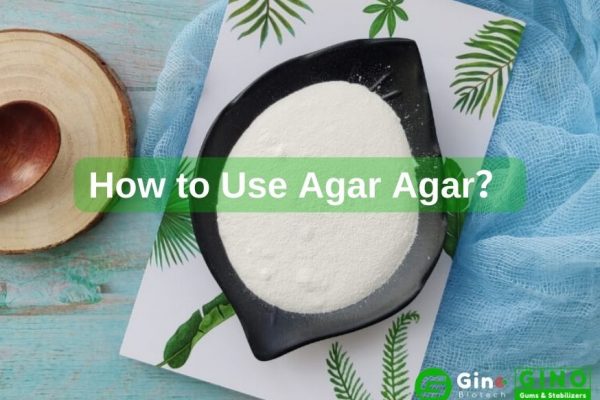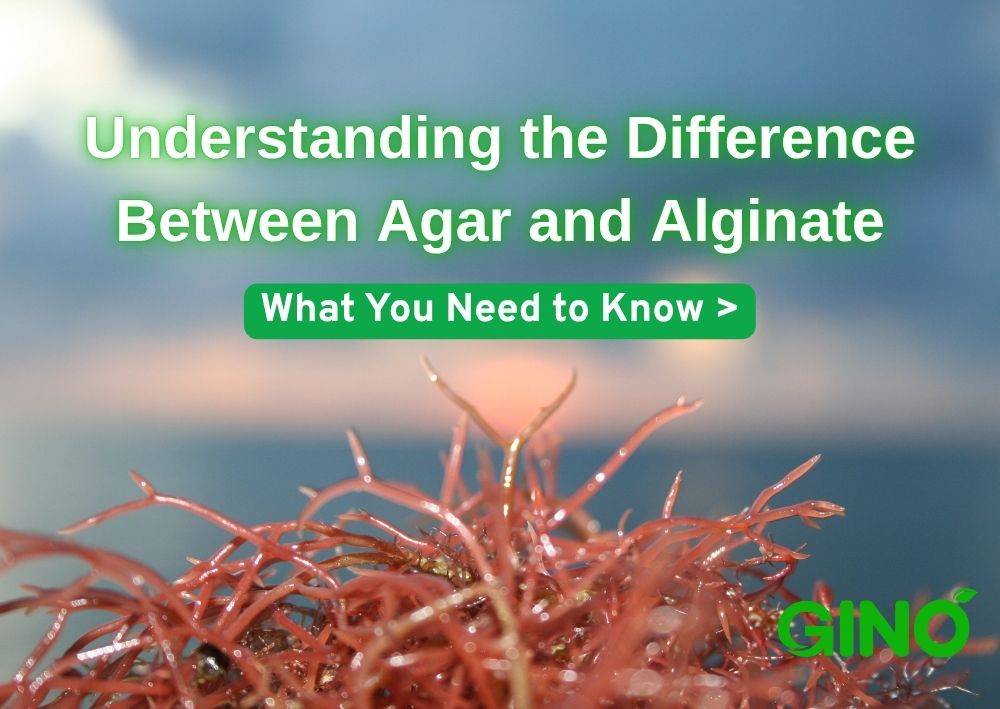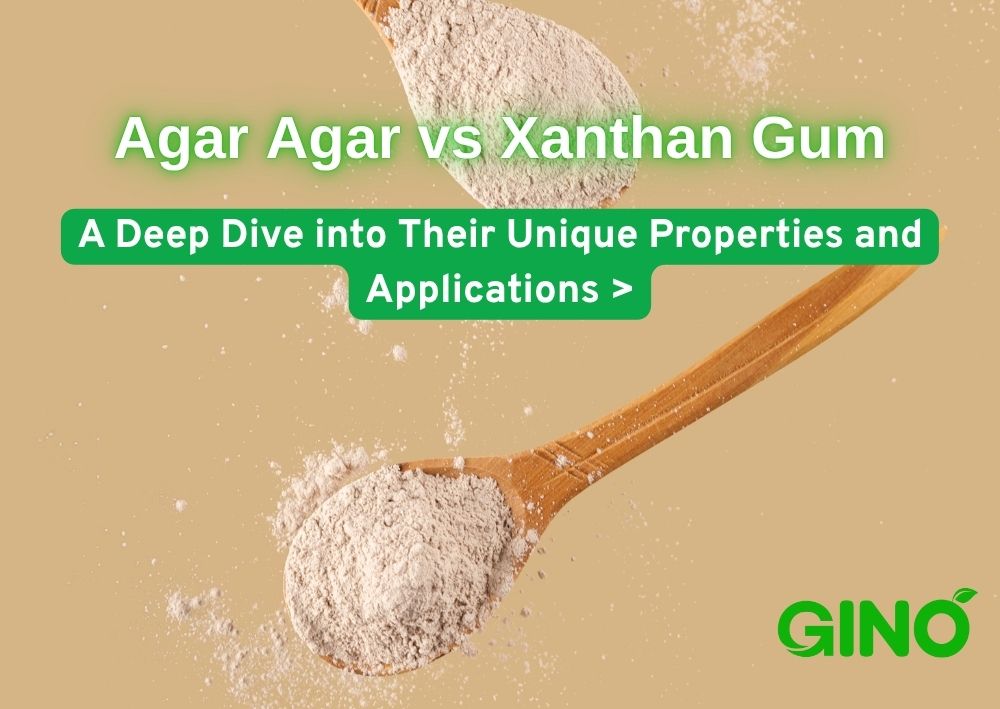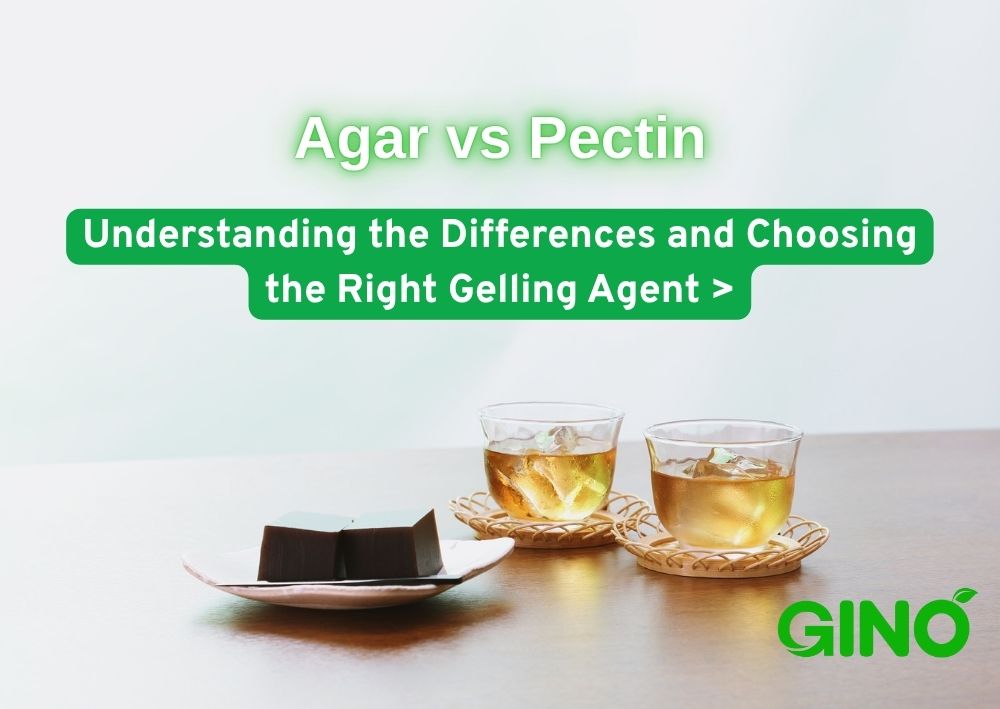Понад 10 років Gino Biotech є основним постачальником харчових гідроколоїдів. Завдяки різноманітності рослинних камеді та стабілізаторів ми можемо створювати індивідуальні гідроколоїдні рішення, що ідеально відповідають потребам наших клієнтів. ЧИТАТИ ДАЛІ
Agarose in Electrophoresis: Everything You Need to Know
Agarose in Electrophoresis
Facebook
Twitter
LinkedIn
1. Вступ
Agarose in electrophoresis is a fundamental tool for researchers in molecular biology. Its ability to separate nucleic acids and proteins with precision has made it a cornerstone technique for decades. But what makes agarose so special for electrophoresis?
In this guide, we’ll dive into its properties, applications, and the answers to key questions like “What is agarose used for in gel electrophoresis?” і “What is agarose gel electrophoresis?”
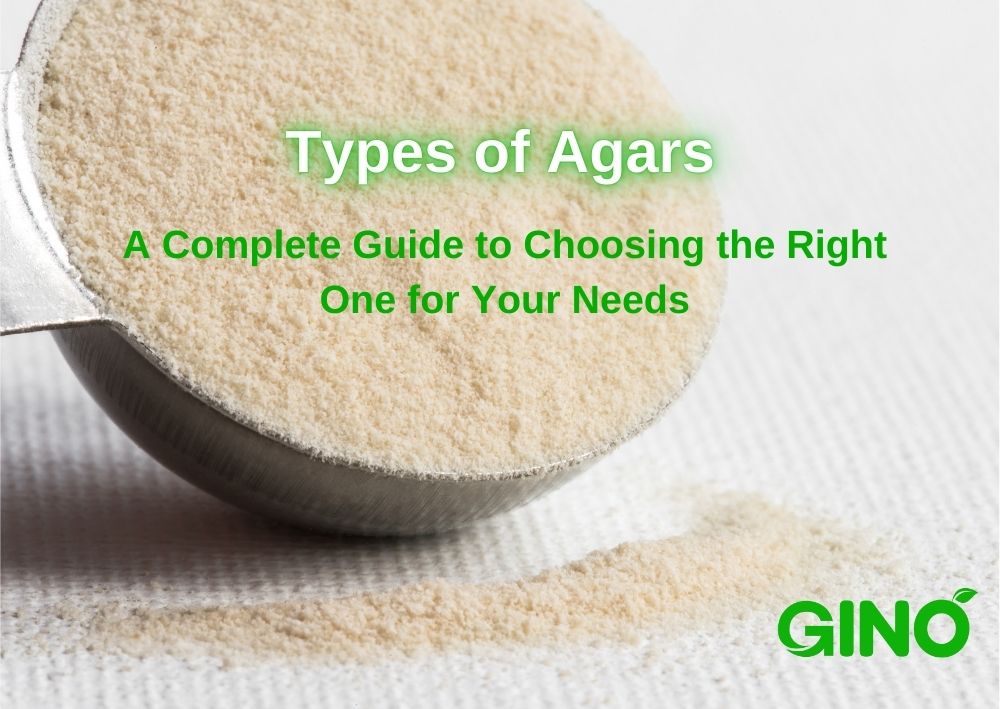
2. What is Agarose in Gel Electrophoresis?
Agarose is a natural polymer extracted from seaweed, specifically from species like Gelidium і Gracilaria. It forms a gel when dissolved in a buffer solution and cooled, creating a porous network.
In gel electrophoresis, agarose acts as a sieve, separating molecules like DNA, RNA, or proteins based on size. The pores in the gel control the movement of molecules under an electric field, with smaller fragments traveling faster than larger ones.
What is Agarose Gel Electrophoresis?
Agarose gel electrophoresis is a lab technique used to analyze nucleic acids. By applying an electric field to an agarose gel, negatively charged DNA or RNA molecules migrate towards the positive electrode. The rate of migration depends on the size of the molecules, allowing for effective separation and analysis.
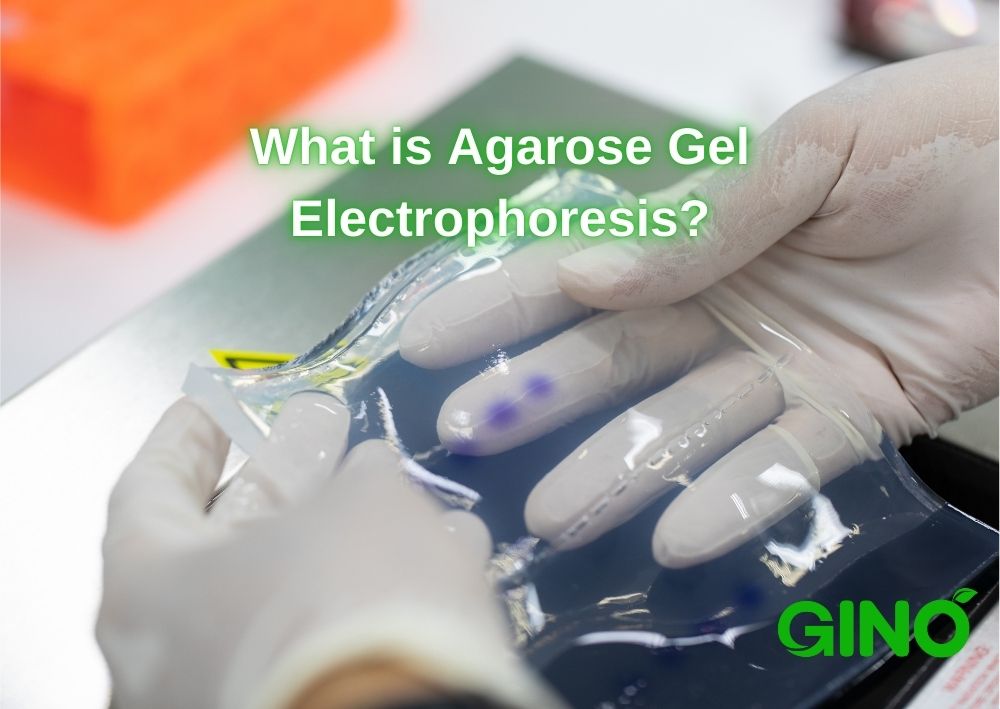
3. Key Properties of Agarose for Electrophoresis
Purity and Neutrality
Agarose is chemically inert and highly pure, ensuring it doesn’t interact with the molecules being analyzed.
Adjustable Pore Size
By modifying the concentration of agarose in the gel, you can control the pore size for different applications:
- Low concentrations (e.g., 0.5–1.0%): Ideal for large DNA fragments (>1,000 bp).
- High concentrations (e.g., 1.5–2.5%): Suitable for smaller DNA fragments (<500 bp).
Теплова реверсивність
Agarose gels can be melted and re-solidified, which is useful for extracting DNA fragments for downstream applications.
Strength and Stability
Agarose gels are mechanically robust, making them easy to handle during electrophoresis.
Looking to create more vegan-friendly jello options?
Our range of high-quality jelly powders and gelling solutions can help you craft delicious, plant-based desserts with ease. Contact us today to learn more about how to make vegan jelly & our customizable vegan jello recipes!
4. Applications of Agarose in Gel Electrophoresis
Agarose in electrophoresis is used in a wide range of applications across molecular biology and biochemistry:
1. DNA and RNA Analysis
- Verify the size, integrity, and purity of nucleic acids after PCR, restriction enzyme digestion, or extraction.
- Analyze genetic markers, mutations, or sequencing results.
2. DNA Fragment Isolation
Agarose gels are often used to extract specific DNA fragments for cloning, sequencing, or other downstream processes.
3. Quantification and Quality Control
Use agarose gels to estimate the concentration and quality of nucleic acids, particularly in workflows requiring high precision.
4. Protein Analysis
While agarose is not as commonly used for proteins as polyacrylamide gels, it is suitable for large proteins or complexes.
5. Advances in Agarose Gel Technology
The field of agarose gel electrophoresis has seen remarkable advancements, improving both efficiency and accuracy for researchers.
Low-Melting Agarose is a significant innovation, allowing the recovery of DNA or RNA fragments without denaturation. This type of agarose is especially useful in downstream applications such as cloning or in-gel reactions.
Pre-Cast Agarose Gels are now widely available, saving time for laboratories by eliminating the need for manual gel preparation. These gels are ready-to-use and come with pre-measured agarose concentrations optimized for different applications.
High-Performance Agarose has been developed for resolving smaller DNA fragments with sharper bands. This advancement is beneficial in genotyping, forensic analysis, and mutation detection.
These innovations demonstrate how the field is evolving to meet the growing demands of molecular biology, making experiments faster, more precise, and user-friendly.
6. Choosing the Right Agarose Concentration
The concentration of agarose in the gel impacts its performance:
- 5–1.0% Gel: Suitable for separating large DNA fragments (1,000–20,000 bp).
- 0–1.5% Gel: Ideal for mid-sized DNA fragments (500–1,000 bp).
- 5–2.5% Gel: Best for small DNA fragments (<500 bp).
Choosing the correct concentration ensures optimal resolution and clear results.
7. Packaging Options for Your Research
We provide premium-quality agarose for electrophoresis in flexible packaging to suit various needs:
- Bulk Packaging: 10kg cartons or 25kg fiber drums.
- Retail Packaging: Smaller options such as 1kg, 500g, or even customized quantities.
8. FAQs About Agarose in Electrophoresis
What is Agarose Used for in Gel Electrophoresis?
Agarose is the primary medium for separating DNA, RNA, and sometimes proteins in gel electrophoresis. Its inert nature and tunable pore size make it ideal for a wide range of fragment sizes.
What is Agarose Gel Electrophoresis?
It’s a technique for separating and analyzing nucleic acids by size. The method is widely used for tasks like verifying PCR products, preparing DNA for cloning, and analyzing RNA integrity.
What is Agarose in Gel Electrophoresis?
Agarose in gel electrophoresis refers to the gel matrix formed by agarose that enables the size-based separation of biomolecules.
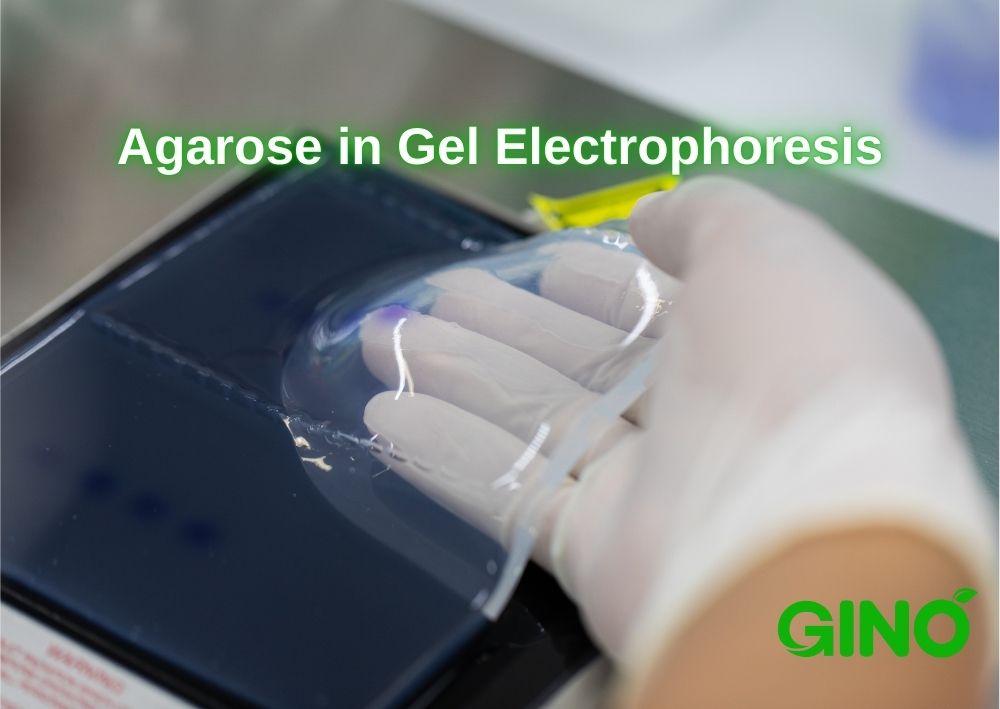
9. Conclusion: The Importance of Agarose in Electrophoresis
Agarose in electrophoresis is a vital tool for molecular biology, enabling precise separation and analysis of nucleic acids. Whether you’re exploring “What is agarose used for in gel electrophoresis?” or analyzing DNA samples, agarose provides unmatched reliability and ease of use.
Looking for high-quality agarose for your electrophoresis needs?
Contact us today to learn more about our products and find the perfect solution for your research. With customizable packaging options and expert support, we’re here to elevate your laboratory results.
Зв'яжіться з нашою командоюОстанні публікації
Про Gino Biotech

Ми є біотехнологічною компанією, що спеціалізується на дослідженні, розробці та комерціалізації інноваційних та технологічних гідроколоїдних харчових добавок. Агар-агар, Каррагінан, і Індивідуальні рішення для стабілізаторів.
Маючи широкі ноу-хау та досвід у дослідженні, застосуванні та використанні гідроколоїдів, ми можемо запропонувати комплексний підхід індивідуальні рішення ідеально відповідає потребам наших клієнтів.
Наш продукти задовольняють потреби м'ясної, молочної, хлібопекарської, кондитерської та інших галузей промисловості.
Зверніться до нашого торгового представника для отримання додаткової інформації.


